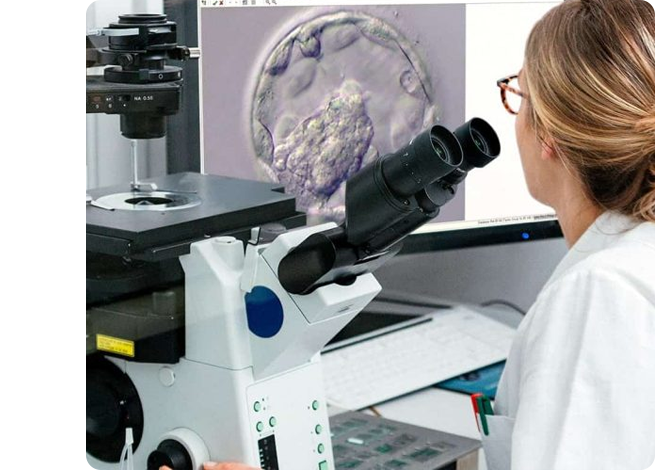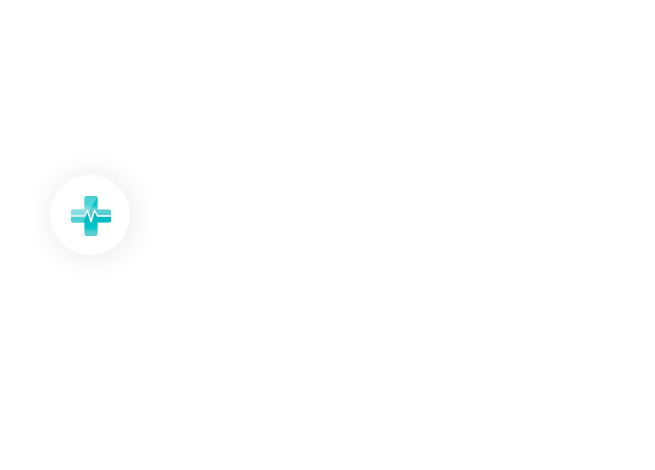Assisted Hatching
Assisted hatching (AH) involves microdissection of the zona pellucida (shell), prior to embryo transfer, in order to facilitate the hatching of the embryo from its protective envelope and thereby improve the odds of uterine implantation. A new tool that was developed for microdissecting the zona pellucida, the diode laser, is now available to thin or fully open the zona pellucida (ZP). Further research is needed to provide absolute proof that AH significantly increases the chance of pregnancy. Many multi-centre studies are currently running and tend to show that AH is beneficial for selected patients. The mechanical methods previously used required great technical expertise, acid solution and were not as safe to perform as drilling the ZP using a laser system. Lasers represent ideal tools for microprocedures due to the fact that they allow reproducible generation of holes of controlled size, induce no deleterious mechanical, thermal or mutagenic side effects. Safe, simple and rapid is a good description of the new diode laser for assisted hatching.



